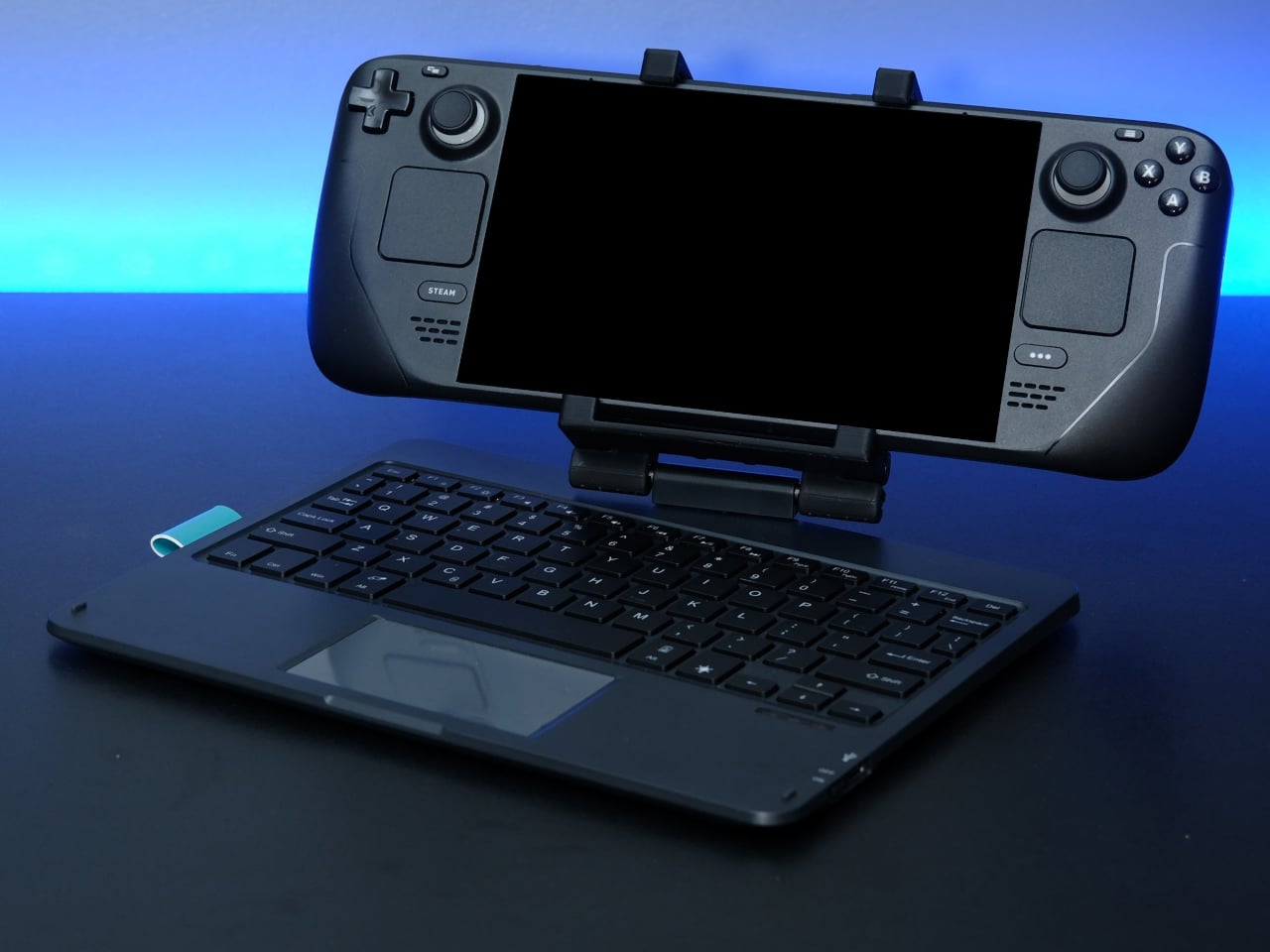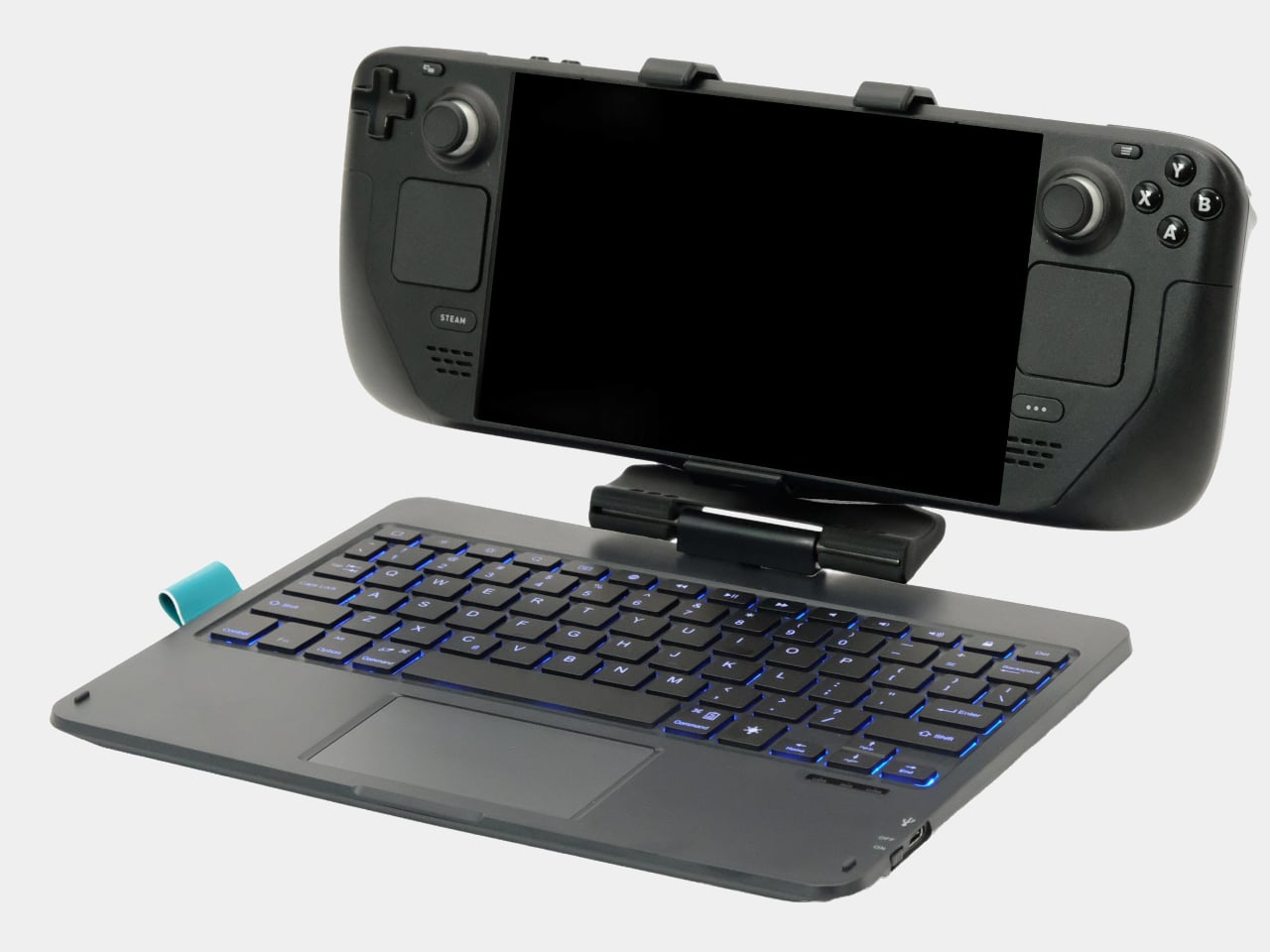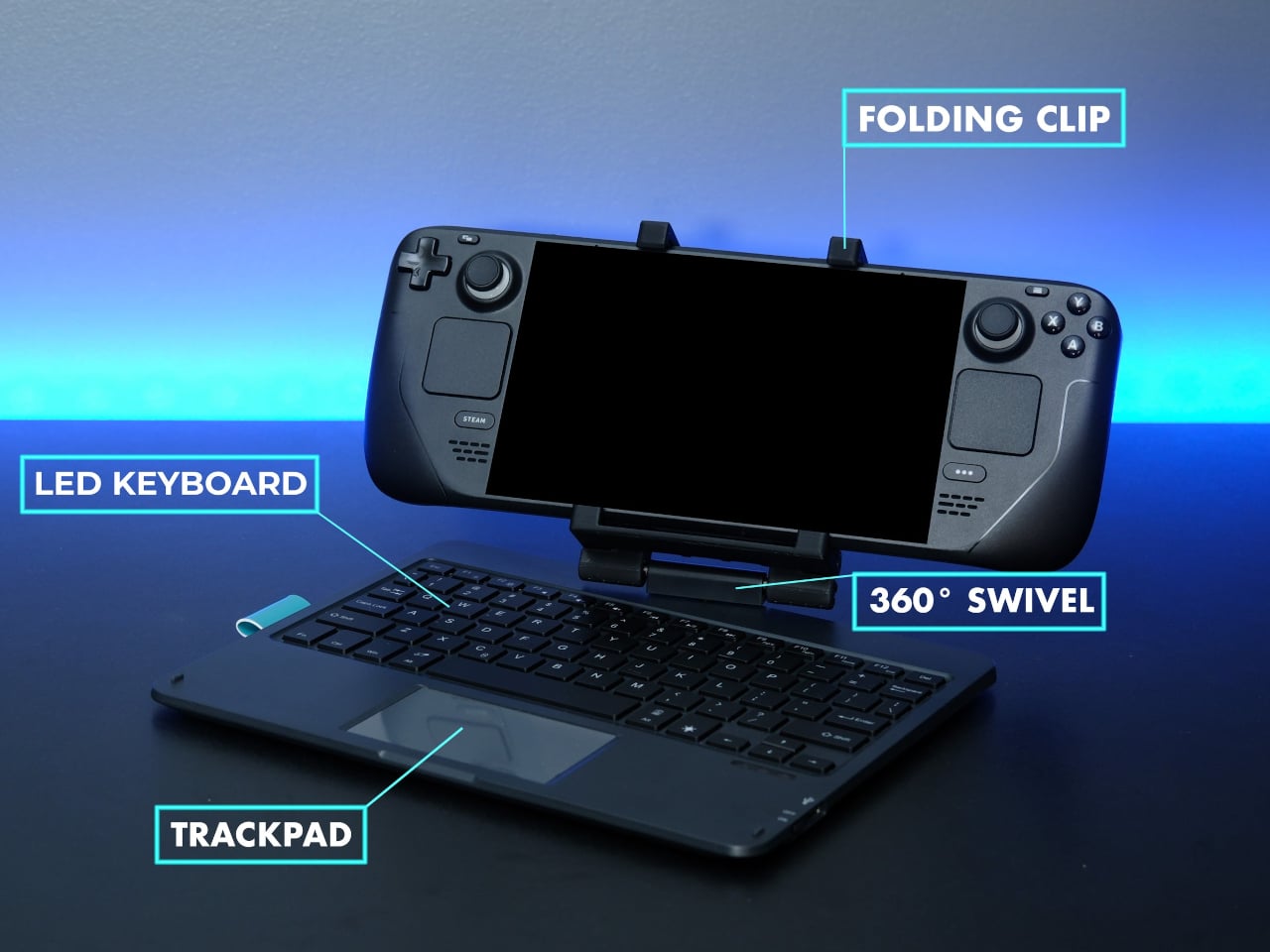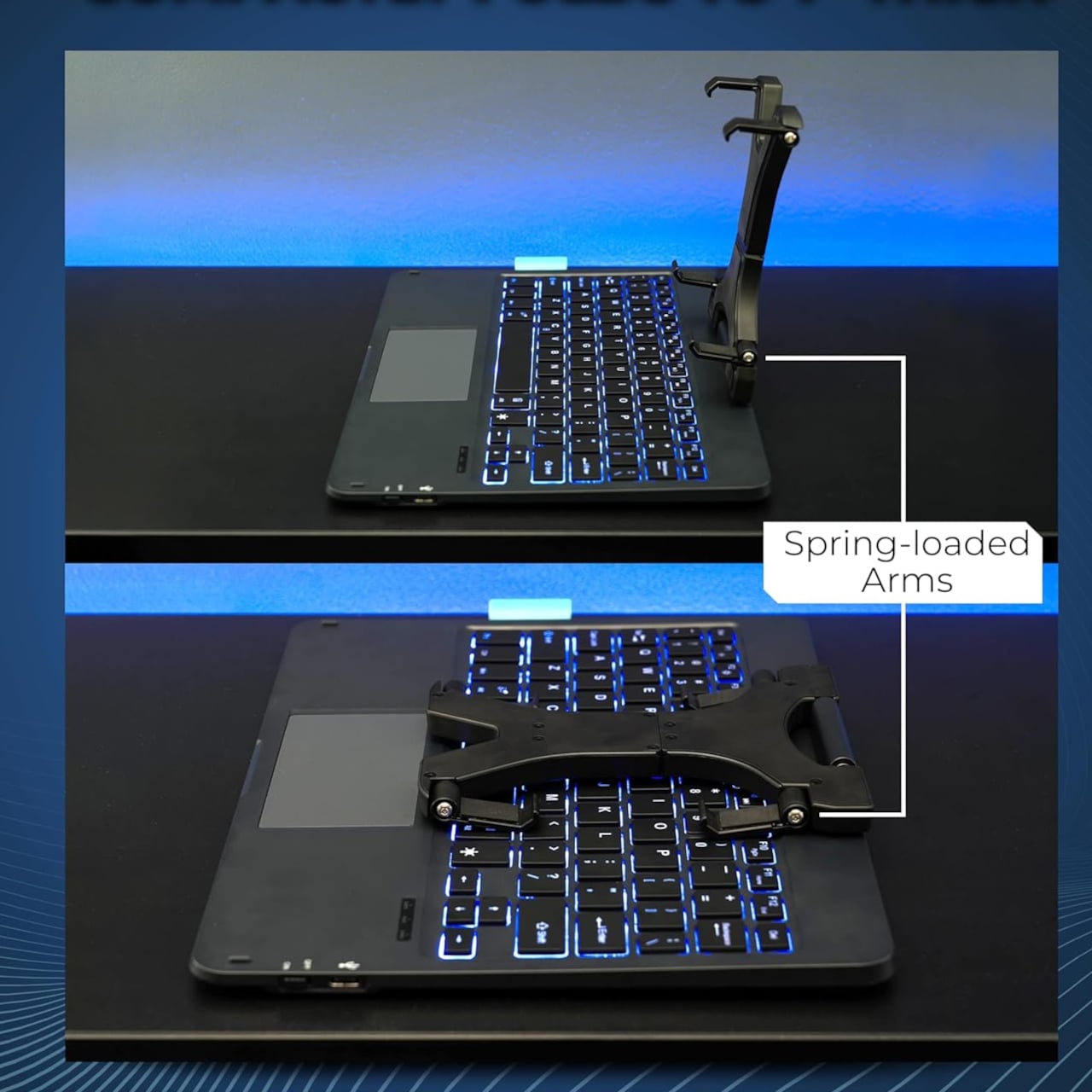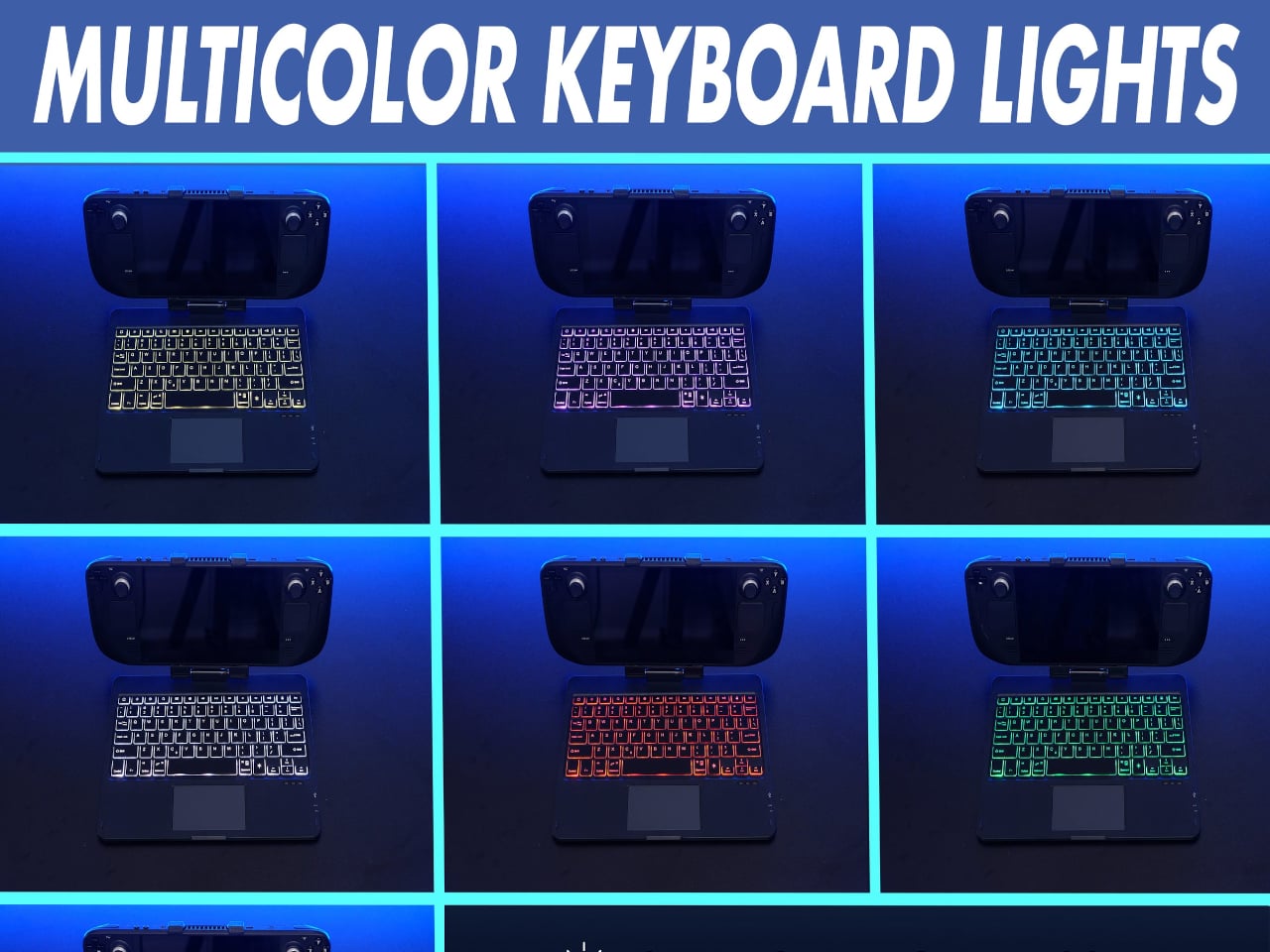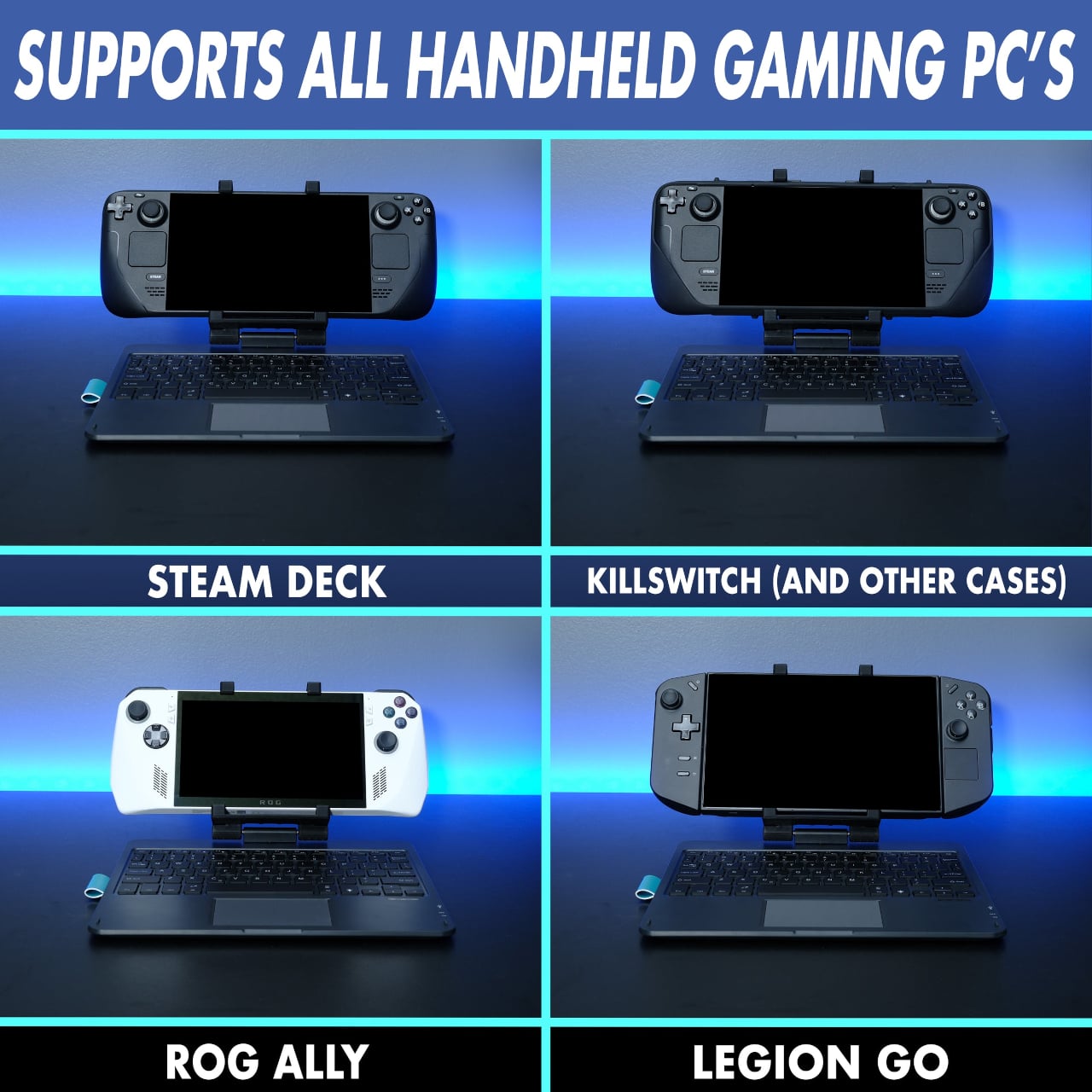
The best gifts are the ones you secretly want to keep. That moment when you’re wrapping something up and thinking about ordering a second one for yourself. EDC gear has a way of doing that because these aren’t just presents—they’re the tools that quietly improve your daily routine. The flashlight that makes you feel prepared. The knife that fits perfectly in your pocket. The clever little opener that turns a mundane task into something genuinely satisfying. These are the things we reach for every single day.
What makes a great EDC gift isn’t just utility. It’s the thoughtfulness behind choosing something beautifully designed, smartly engineered, and built to last. These seven picks earned their spot because we tested them, used them daily, and genuinely couldn’t imagine going back. Each one solves a real problem while looking effortless in doing it. Whether you’re shopping for someone who appreciates clever design or just building out your own carry, these are the pieces that deliver long after the packaging hits the recycling bin.
1. Cubik
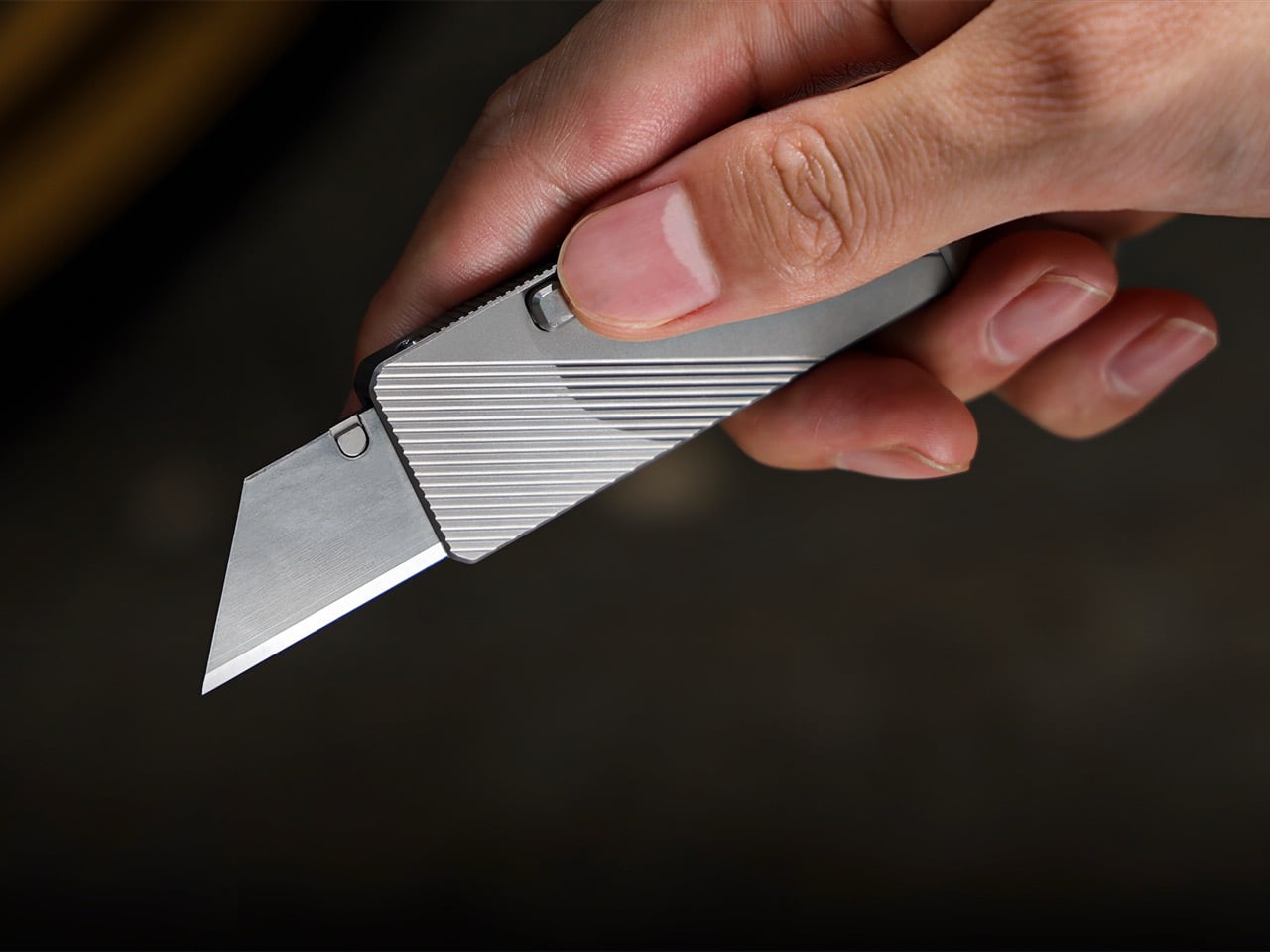

There’s a certain elegance in simplicity that high-tech mechanisms sometimes miss. The Cubik gravity-activated pocket knife strips away springs, ball bearings, and complex locking systems in favor of physics. Press the trigger, hold it blade-down, and watch gravity do its thing. The blade deploys smoothly and locks firmly once the trigger is released. It’s one of those rare designs that makes you wonder why nobody thought of it sooner. The mechanism feels intuitive from the first use, requiring no learning curve or fiddling.
Beyond the novel deployment method, this knife carries serious credentials. The blade locks securely enough to handle demanding tasks, such as piercing hardwood, without any flex or wobble. The handle sits comfortably in your palm with enough grip to maintain control during precision work. There’s also a tungsten carbide glass-breaker embedded in the rear end—a feature that transforms this gentleman’s folder into genuine emergency gear. It’s compact enough for daily pocket carry yet substantial enough to feel like a real tool rather than a novelty. The Cubik manages to innovate in a category where genuine innovation feels increasingly rare.
What we like
- The gravity deployment system eliminates mechanical complexity and potential failure points.
- Heavy-duty blade lockup provides confidence for demanding cutting tasks.
- Tungsten carbide glass-breaker adds emergency functionality without adding bulk.
- Minimal maintenance requirements thanks to the simple mechanism.
What we dislike
- Gravity deployment requires a specific orientation that might feel awkward initially.
- The unique mechanism may not appeal to traditionalists who prefer flipper or thumb-stud designs.
2. BlackoutBeam Tactical Flashlight
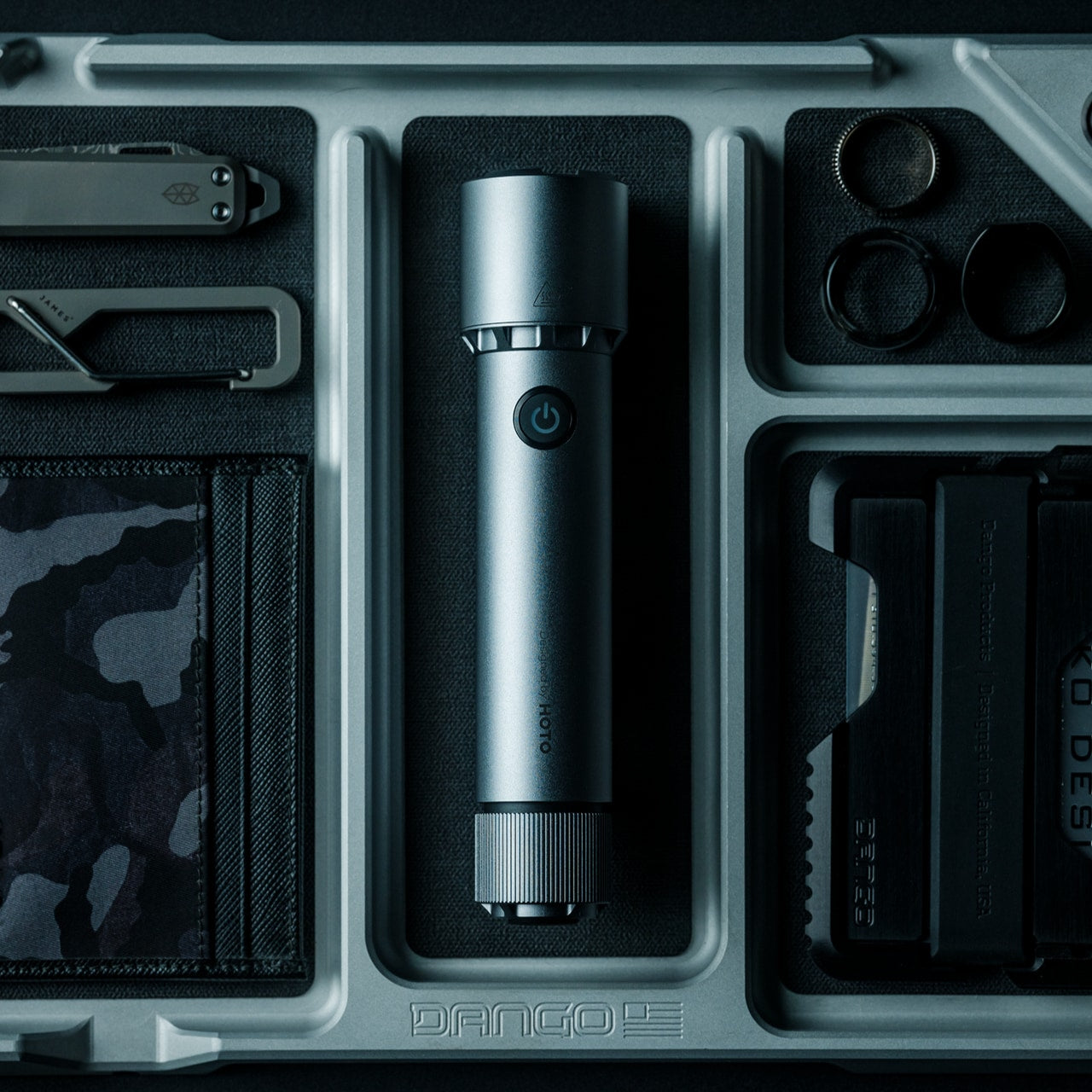
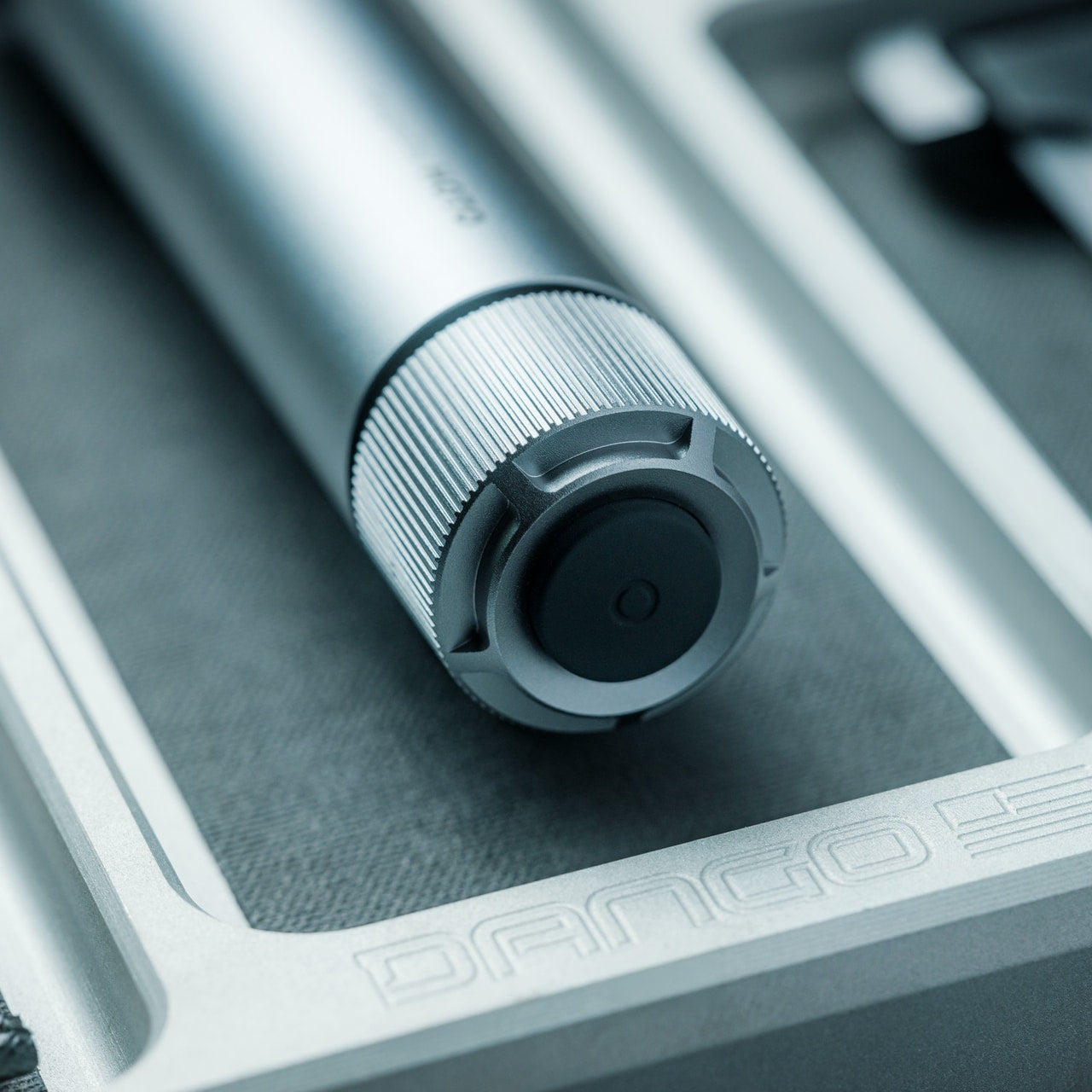
Flashlights have become wildly overengineered, packed with modes nobody uses and tactical aesthetics that scream “I watch too many action movies.” The BlackoutBeam cuts through that noise with 2300 lumens of legitimate power wrapped in restrained industrial design. This thing throws light 300 meters with a 0.2-second response time that feels instantaneous. Whether you’re dealing with a power outage, checking a strange noise outside, or just need serious illumination, it delivers without drama or unnecessary complexity.
The IP68 rating means this flashlight laughs off rain, dust, and even full submersion. The aluminum body feels substantial without crossing into heavy-duty overkill territory. Five modes cover your bases—three brightness levels plus strobe and pinpoint settings—giving you options without overwhelming you. The dual power system smartly combines a rechargeable 3100mAh lithium-ion battery with backup CR123A compatibility. That flexibility matters when you’re camping off-grid or facing extended power outages. The USB charging keeps things simple for daily use, while the battery backup ensures you’re never caught without light when it actually matters. It’s the kind of flashlight that makes you realize how inadequate your old one really was.
What we like
- Massive 2300-lumen output with 300-meter throw range.
- Near-instant 0.2-second response time eliminates lag.
- IP68 waterproof rating handles submersion and harsh weather.
- The dual power system offers rechargeable convenience and emergency backup options.
What we dislike
- Maximum brightness drains the battery relatively quickly.
- The high lumen output might be excessive for simple everyday tasks.
3. DraftPro Top Can Opener

Award-winning Japanese designer Shu Kanno understood something fundamental about canned beverages—removing the entire top transforms the drinking experience. The DraftPro does exactly that, cleanly removing the lid to create a wide-mouth opening that lets you smell and taste your drink properly. That first sip of beer suddenly reveals notes you never noticed through a narrow opening. The aroma hits you before the liquid does, exactly like drinking from a proper glass. It sounds subtle until you try it, then you can’t go back.
The practical applications extend well beyond better beer appreciation. Drop ice directly into the can for instant chilling on hot days. Mix cocktails right in the can without dirtying a shaker or glass. The clean cut leaves smooth edges and makes cans genuinely reusable—turn them into planters, desk organizers, or recycle them without residue trapped inside. The opener itself maintains a compact form that slips into a drawer or bag without fuss. It works on domestic and international can sizes, eliminating the frustration of traveling somewhere with different standard sizes. The DraftPro represents that rare combination of elevated experience and expanded utility. It’s the kind of tool that makes you actively seek out canned drinks rather than settling for them.
What we like
- Completely removes the top for a draft-style drinking experience.
- Clean, smooth edges allow for direct ice addition and cocktail mixing.
- Compact portable design works with all standard can sizes.
- Used cans become immediately reusable for various purposes.
What we dislike
- Requires more effort than simply popping a tab.
- The open top eliminates the ability to reseal the can for later.
4. Painless Key Ring
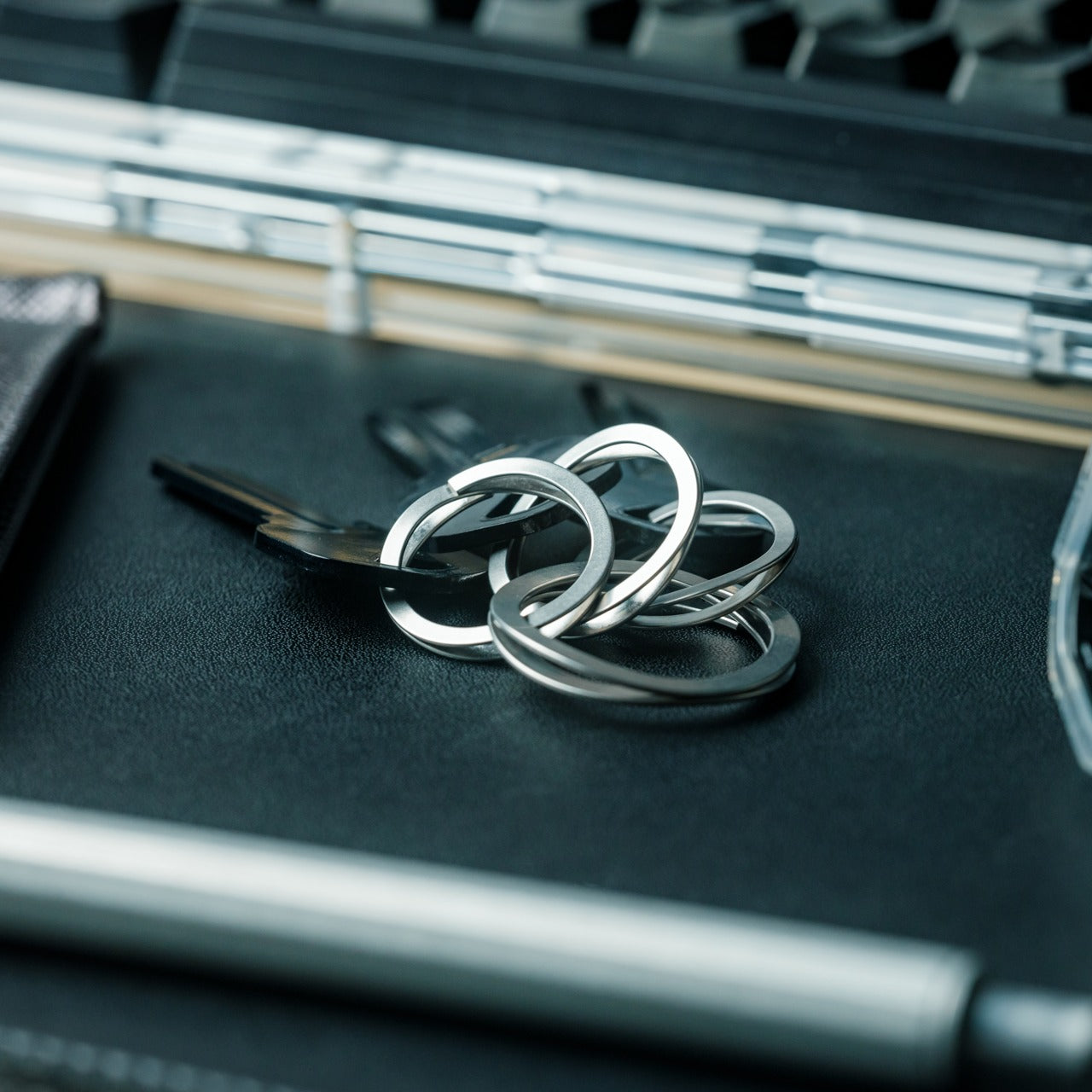
Key rings haven’t evolved much, which is remarkable considering how universally frustrating they are. Broken nails, bent rings, scraped fingers—all routine consequences of trying to add or remove a single key. The wave spring key ring borrows technology from aerospace and automotive applications to solve this ancient problem. The wave coil design creates enough flex to easily accept keys while maintaining strength and durability. Slide a key on, and the ring accommodates it. Remove one, and it requires no wrestling match. Your fingernails remain intact.
Despite the advanced engineering, this key ring maintains a slimmer profile than traditional split rings. The wave design distributes stress more effectively, making it lighter and more durable simultaneously. Available in silver and black finishes, it integrates seamlessly with any key set without drawing attention to itself. The mechanism works equally well with thick car keys and thin mailbox keys, adapting to different thicknesses without deforming. It’s one of those designs that seems obvious in hindsight—why have we been torturing ourselves with inferior key rings for decades? The wave spring solves a daily annoyance so effectively that going back to standard rings feels genuinely regressive. Small improvements in frequently used items deliver outsized quality-of-life gains.
What we like
- Wave spring design eliminates the struggle of adding or removing keys.
- Lighter and more durable than traditional split rings.
- Slim profile reduces pocket bulk.
- Works with all key types and thicknesses.
What we dislike
- The unconventional design might not fit certain key organizers or holders.
- Slightly higher cost compared to basic key rings.
5. CraftMaster EDC Utility Knife
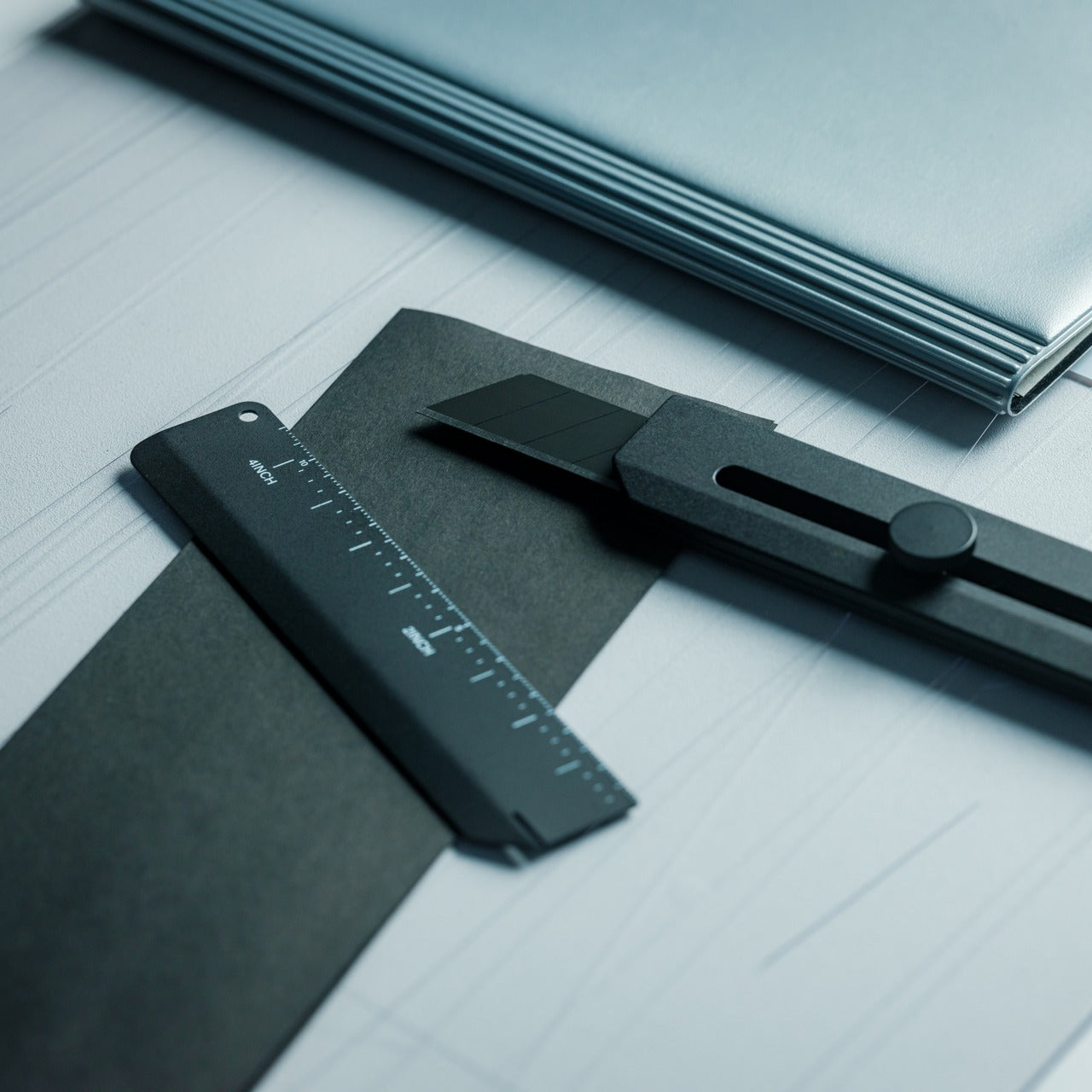
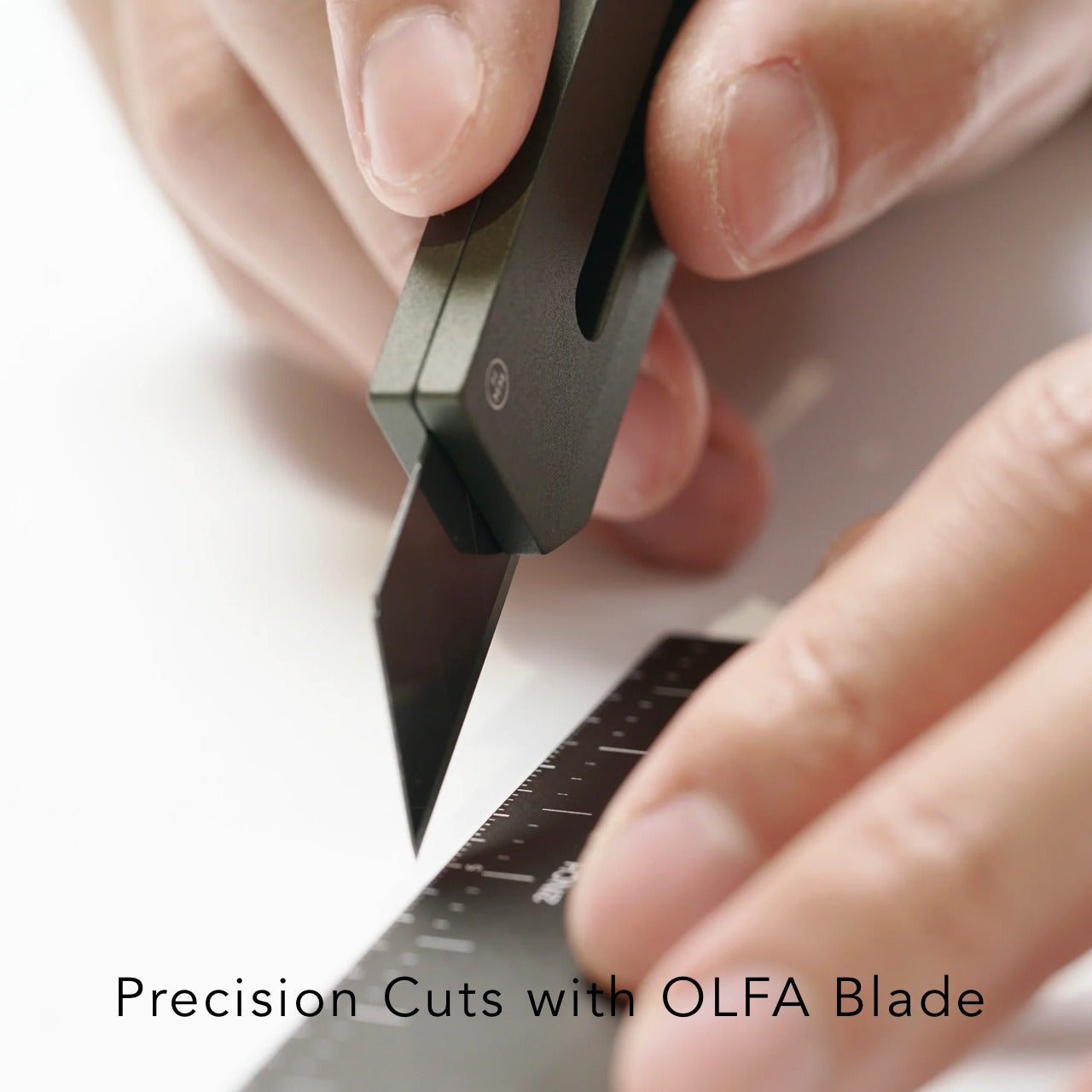
Most utility knives embrace industrial aesthetics that work fine for job sites but feel out of place in professional or refined settings. The CraftMaster flips that script with a sleek metallic form and minimalist design that looks intentional, sitting on a desk or carried daily. The metal construction provides satisfying heft and durability while maintaining a mere 0.3-inch thickness. A tactile rotating knob deploys the OLFA blade with precision and control. It’s utility knife functionality wrapped in sophisticated design language.
The magnetic back represents thoughtful engineering, letting you dock the knife on any metal surface for easy access. The companion metal scale attaches magnetically and serves multiple functions. Raised edges make it easy to lift off flat surfaces. Metric and imperial markings cover your measurement needs. The built-in blade-breaker lets you snap off dulled blade sections safely. The 15-degree curvature prevents finger contact when cutting, while the 45-degree blade inclination protects contents when opening packages. OLFA blades swap out easily when dull, extending the knife’s lifespan indefinitely. Every detail feels considered, from the ergonomics to the practical additions. This is a utility knife designed for adults who appreciate refined tools that don’t sacrifice capability for aesthetics. It elevates everyday cutting tasks while actually improving safety and functionality.
What we like
- Minimalist design elevates the utility knife aesthetics significantly.
- The magnetic back and companion scale add genuine utility.
- Built-in blade-breaker and safety features protect fingers.
- Easily replaceable OLFA blades ensure long-term usability.
What we dislike
- The premium design comes with a higher price point than basic utility knives.
- The companion scale is an extra piece to keep track of.
6. 0.25 oz Aero Spork
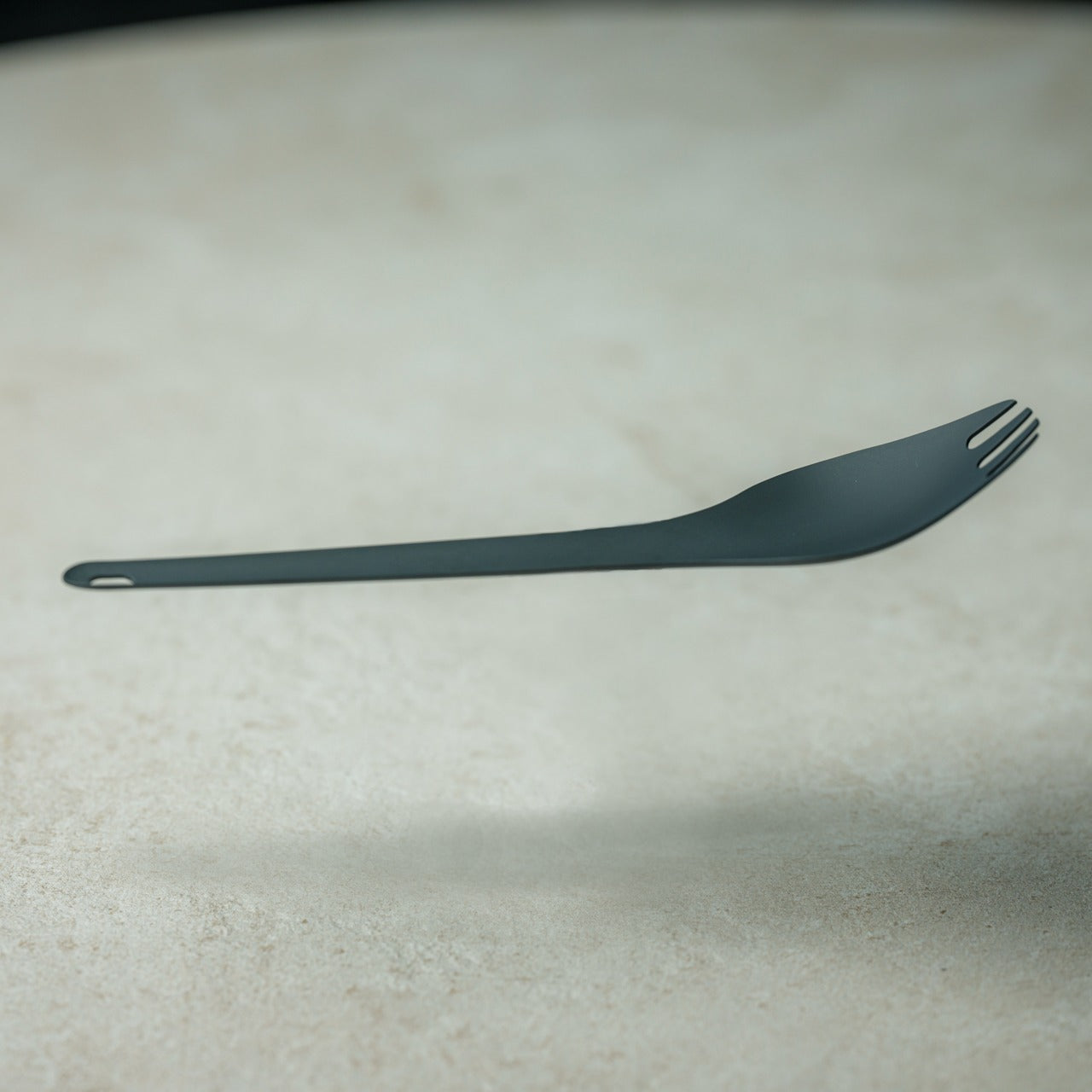

Ultralight gear often makes compromises that undermine usability. Flimsy handles, sharp edges, awkward ergonomics—the pursuit of weight savings frequently sacrifices comfort. The Aero Spork achieves a remarkable 0.25 ounces without any of those typical trade-offs. This metal spork combines genuine durability with barely-there weight. The ergonomic curved design provides a secure grip that basic straight sporks can’t match. That curve matters when you’re eating one-handed or dealing with stubborn food that requires a bit of leverage.
The tapered shape handles wrapped noodles better than flat alternatives, while the stackable design means carrying multiples adds minimal bulk. This spork works equally well for backpacking meals, emergency kits, or desk drawer backup when takeout arrives without utensils. The metal construction means it won’t snap, crack, or retain odors like plastic alternatives. It also won’t bend permanently like aluminum options that promise lightness but fail on durability. Clean it off and toss it back in your bag without worrying about degradation. The Aero Spork represents the intersection of weight consciousness and real-world functionality. It’s light enough that weight-obsessed backpackers approve, yet practical enough that everyone else benefits from the thoughtful design refinements.
What we like
- Incredibly lightweight at just 0.25 ounces without sacrificing durability.
- Ergonomic curved design improves grip and usability significantly.
- The stackable form enables carrying multiple sporks efficiently.
- Tapered shape handles various foods better than flat alternatives.
What we dislike
- Single-piece design means no ability to separate spoon and fork functions.
- Metal construction conducts heat from hot foods.
7. AirTag Carabiner
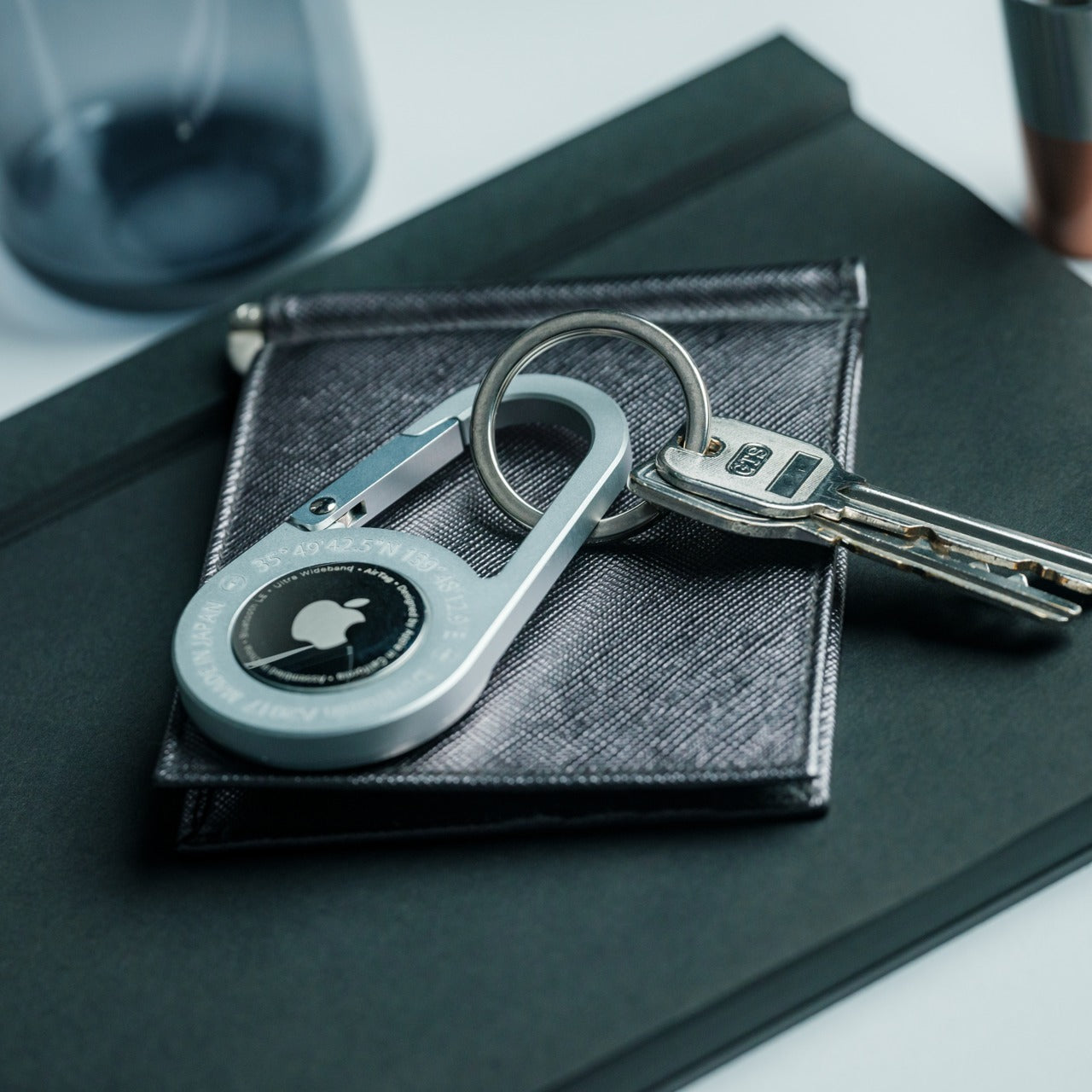
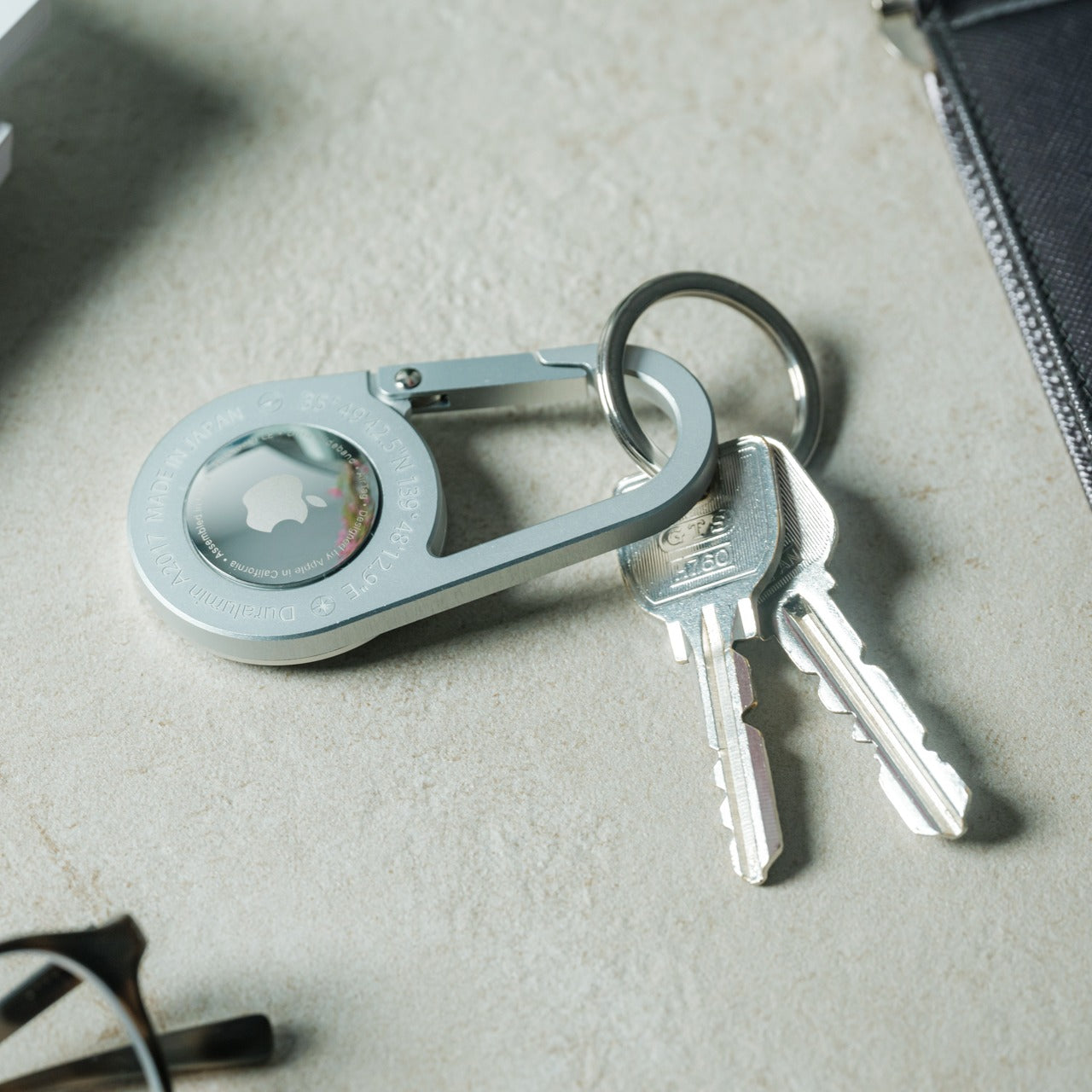
Apple’s AirTag technology delivers impressive tracking capabilities, but the official accessories lean generic and uninspired. This Duralumin composite alloy carabiner solves that problem while adding genuine utility. Snap it onto bags, bicycles, umbrellas, or anything else you’d rather not lose, and suddenly those items join your tracked ecosystem. The lightweight Duralumin material—used in aircraft and spacecraft—provides strength that belies its minimal weight. Each carabiner is individually handcrafted, ensuring quality that mass-produced options miss.
The material choice matters beyond simple durability. Duralumin performs reliably in water and at altitude, making this suitable for genuine outdoor use rather than just urban carrying. The carabiner functions as a real attachment point, not just a protective case that requires separate clips or straps. Available in untreated brass and stainless steel options alongside the standard Duralumin, you can match your aesthetic preferences or specific use requirements. The AirTag drops in securely without complicated installations or custom tools. For people who habitually forget where they left their bag or who worry about theft, this transforms anxiety into simple tracking. You gain peace of mind knowing your possessions stay findable even when your memory doesn’t cooperate. It’s the rare tech accessory that combines premium materials, thoughtful design, and practical problem-solving.
Click Here to Buy Now: $149.00
What we like
- Premium Duralumin construction used in aerospace applications provides an exceptional strength-to-weight ratio.
- Individually handcrafted quality with attention to detail.
- Functions as a genuine carabiner while securely housing an AirTag.
- Available in multiple material options for different preferences.
What we dislike
- Apple AirTag must be purchased separately, adding to the total cost.
- The carabiner design may be too bulky for minimalist key rings.
The Gear Worth Giving Twice
Building out a thoughtful EDC collection happens gradually. You find one piece that genuinely improves your daily routine, then another, slowly refining your carry until everything earns its place. These seven items accelerated that process because each one delivered immediately. No break-in period, no buyer’s remorse, no relegation to the junk drawer. They became indispensable quickly enough that gifting them felt almost selfish—we wanted everyone to experience the same upgrades we did, even if that meant ordering duplicates for ourselves.
Great EDC gear shares common traits. It solves real problems without creating new ones. It ages well rather than falling apart. It reflects thoughtful design that respects both form and function. These picks check all those boxes while bringing something special to their respective categories. Whether you’re shopping for someone with refined taste or just treating yourself to better tools, these are investments that pay daily dividends. The best part about giving gifts this good is that nobody needs to know you bought the first one for yourself.
The post 7 EDC Gifts So Good, We Bought Them for Ourselves First first appeared on Yanko Design.
